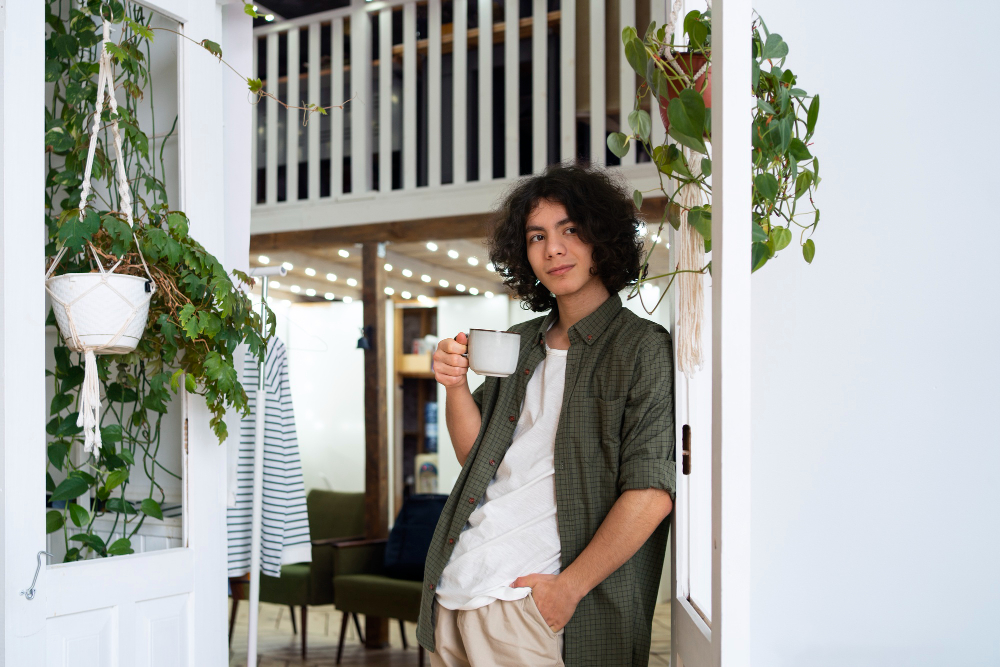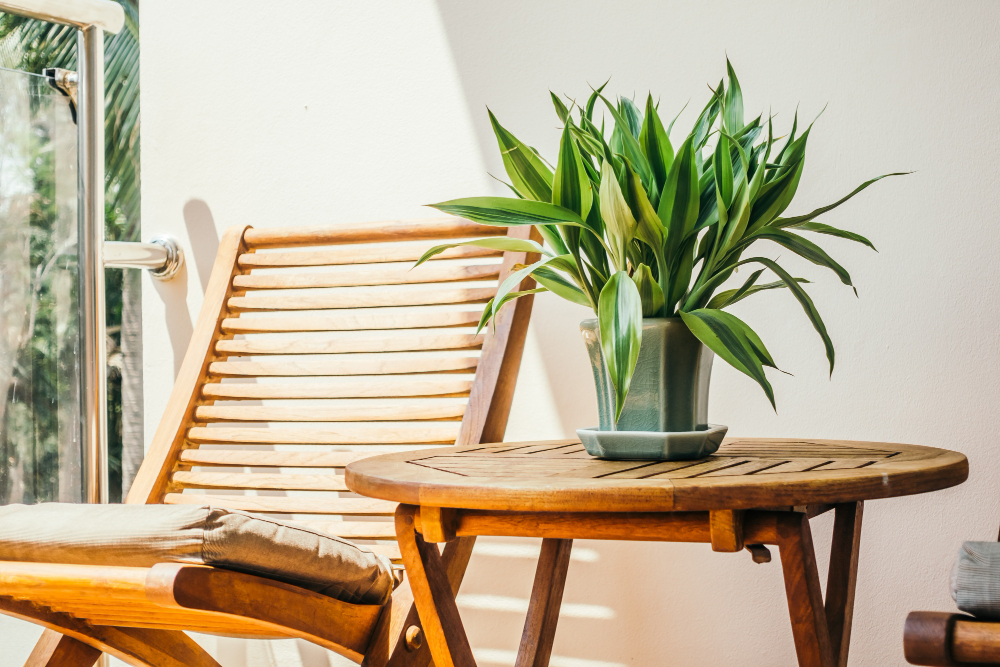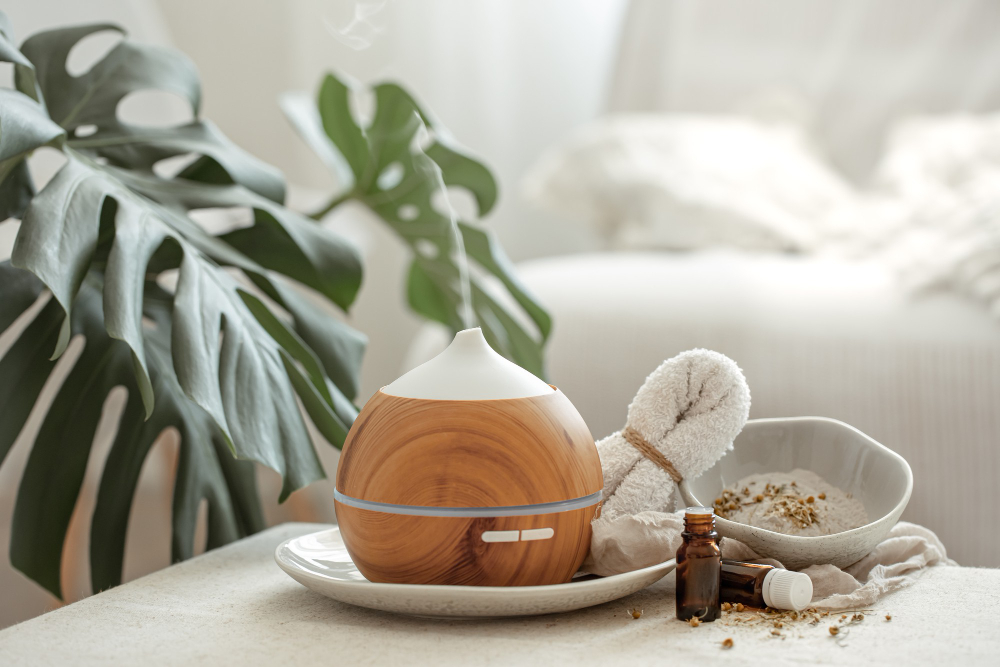Biophilic Design: Bringing Nature Indoors for a Healthier Home

Biophilic design is a concept that has been gaining strength in recent years. It’s about bringing nature indoors, and it’s meant to improve our health and well-being. Biophilic design includes elements such as natural light, plants, water features, and other aspects of nature that can make your home more livable.
The idea behind biophilic design is simple: humans need contact with nature in order to thrive physically and emotionally. In fact, studies have shown that exposure to the natural environment and green spaces can reduce stress levels by up to 68%, improve moods by 25% (even after just 20 minutes), strengthen immune systems by 21%, and lower blood pressure by 9%.
Principles of Biophilic Design
Biophilic design is a concept that focuses on bringing natural features indoors. It’s based on the idea that humans have an innate need to connect with the natural world, which can help improve health and well-being.
Biophilic design principles include:
- Direct experience of nature: Natural light, plants, and water
- Indirect experience of nature: Natural materials; nature-inspired patterns & colors; nature sounds & scents (i.e., birds chirping)
- Experience of space & place: Spatial configurations; integration of indoor/outdoor spaces; views/vistas
Benefits of Biophilic Design in Homes
Biophilic design is a growing trend in the home industry. It’s also gaining traction among office spaces and even schools, but what exactly is biophilic design?
The term “biophilic” comes from the Greek words bios (life) and philos (loving). In short, it refers to our innate connection with nature–and how this human connection impacts human health and well-being. Biophilic design takes this concept one step further by incorporating natural elements into your home or office space so you can reap all of these benefits on an everyday basis which brings with it various health benefits.
Implementing Biophilic Design of Natural World in Your Home
Implementing biophilic design in your home can be as simple as adding a plant or two to the living room. You might also consider incorporating elements like windows, skylights, and even mirrors that allow natural light into the space. Here are some tips to start:
Natural Light
Natural light is one of the most important aspects of biophilic design. It stimulates your body’s production of serotonin and melatonin, which can help you sleep better. Natural lighting also helps with mental health by reducing stress levels and improving moods.
Natural light should be maximized in every room in your home, especially those used for sleeping or relaxing. If possible, place furniture near windows so you can enjoy morning sunrises.
If there isn’t enough natural light coming through existing windows due to obstructions such as trees outside blocking views or buildings being built right up against yours then consider adding additional mirrors throughout those rooms instead–they’ll reflect more daylight into darker areas where it might otherwise not reach.

Indoor Plants
Indoor plants can be a great way to bring natural systems into your home. There are so many different types of indoor plants, so you have lots of options when deciding what type of plant is right for your space. Here are some popular choices:
- Pothos (Epipremnum aureum) – This vine has heart-shaped leaves that grow up to three feet long and tendrils that can reach up to 10 feet long! It’s a good choice if you want something tall or colorful that doesn’t need much light or water, since it tolerates low-light conditions well and requires little watering once established (but don’t let it dry out completely).
- Spider Plant (Chlorophytum comosum) – This easy-care succulent grows quickly as long as it gets enough sunlight each day; it also works well indoors because it doesn’t require any fertilizer or soil amendments–simply place the spider plant in an area with indirect sunlight (near windowsills) and add water once every week or two while the plant is growing new leaves from its center point.*
Natural Materials
Biophilic design is an adaptive approach to home design that incorporates the principles of biophilia in a human-built environment. It may be helpful to think of this style as “nature-inspired” rather than simply “natural,” as it’s not just about bringing the outdoors in; it’s also about creating spaces that feel good, look beautiful, and work well for the occupants.
Natural materials can help you achieve these goals by creating a sense of warmth and comfort while still being beautiful. Some examples include wood floors (or wall paneling), stone countertops, and fabrics made from natural fibers such as cotton or wool. You can also use natural materials like bamboo flooring or reclaimed wood furniture pieces–anything that lets people know they are surrounded by earthy elements will contribute positively toward their well-being.
Nature-Inspired Patterns and Colors
Natural patterns and colors are a great way to bring nature indoors by making the space look like natural landscapes. Here are some examples:
- Leaves, flowers, birds, and other wildlife
- Natural materials like wood and stone
- Geometric shapes (such as circles) that mimic the natural shapes of leaves or other plants
Natural Environment Sounds and Scents
One of the best ways to bring nature indoors is through sound and scent. With the right combination of these two elements, you can create an environment that makes people feel more relaxed and comfortable.
Nature sounds can be used in many different ways within your home–from playing them on speakers or using them as background music while you’re working at your desk, to incorporating them into your bedtime routine by listening to a relaxation CD before sleep.
Scent is another powerful tool for creating a connection between humans and nature. Aromatherapy diffusers release essential oils into the air which have been shown to reduce stress levels and boost moods as well as improve concentration levels by reducing anxiety levels

Spatial Configurations and Integration of Indoor and Outdoor Spaces
Biophilic design is based on the idea that humans are more comfortable and productive when seeing, hearing, and interacting with nature. This can be accomplished by bringing outdoor elements into indoor spaces or creating a connection between indoor and outdoor spaces.
Biophilic design is a growing area of interest for designers, architects, and homeowners. The goal of biophilic design is to create spaces that connect us with nature in a way that enhances our physical and mental well-being. In this article, we’ve looked at some ways you can incorporate biophilic elements into your home, even if you live in an urban setting.
Whether it’s adding plants or installing skylights to bring sunlight into dark rooms or adding natural materials such as wood floors or stone countertops — these small changes will make a big difference!




